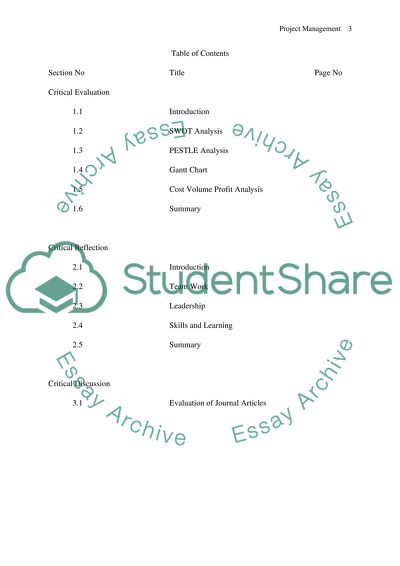Cite this document
(“Project Management (organizing a talent show) Essay”, n.d.)
Retrieved from https://studentshare.org/environmental-studies/1419967-project-management-organizing-a-talent-show
Retrieved from https://studentshare.org/environmental-studies/1419967-project-management-organizing-a-talent-show
(Project Management (organizing a Talent Show) Essay)
https://studentshare.org/environmental-studies/1419967-project-management-organizing-a-talent-show.
https://studentshare.org/environmental-studies/1419967-project-management-organizing-a-talent-show.
“Project Management (organizing a Talent Show) Essay”, n.d. https://studentshare.org/environmental-studies/1419967-project-management-organizing-a-talent-show.


